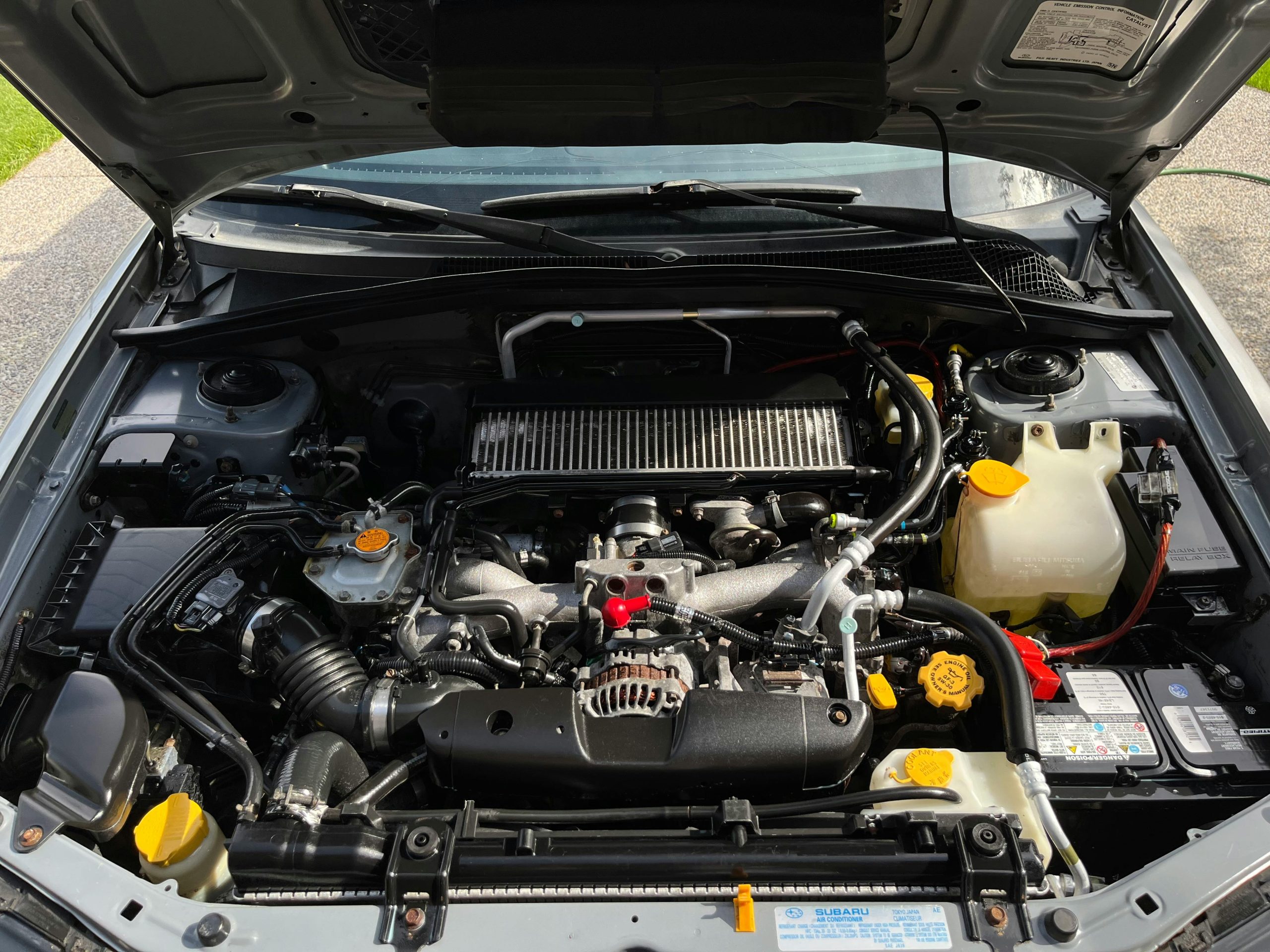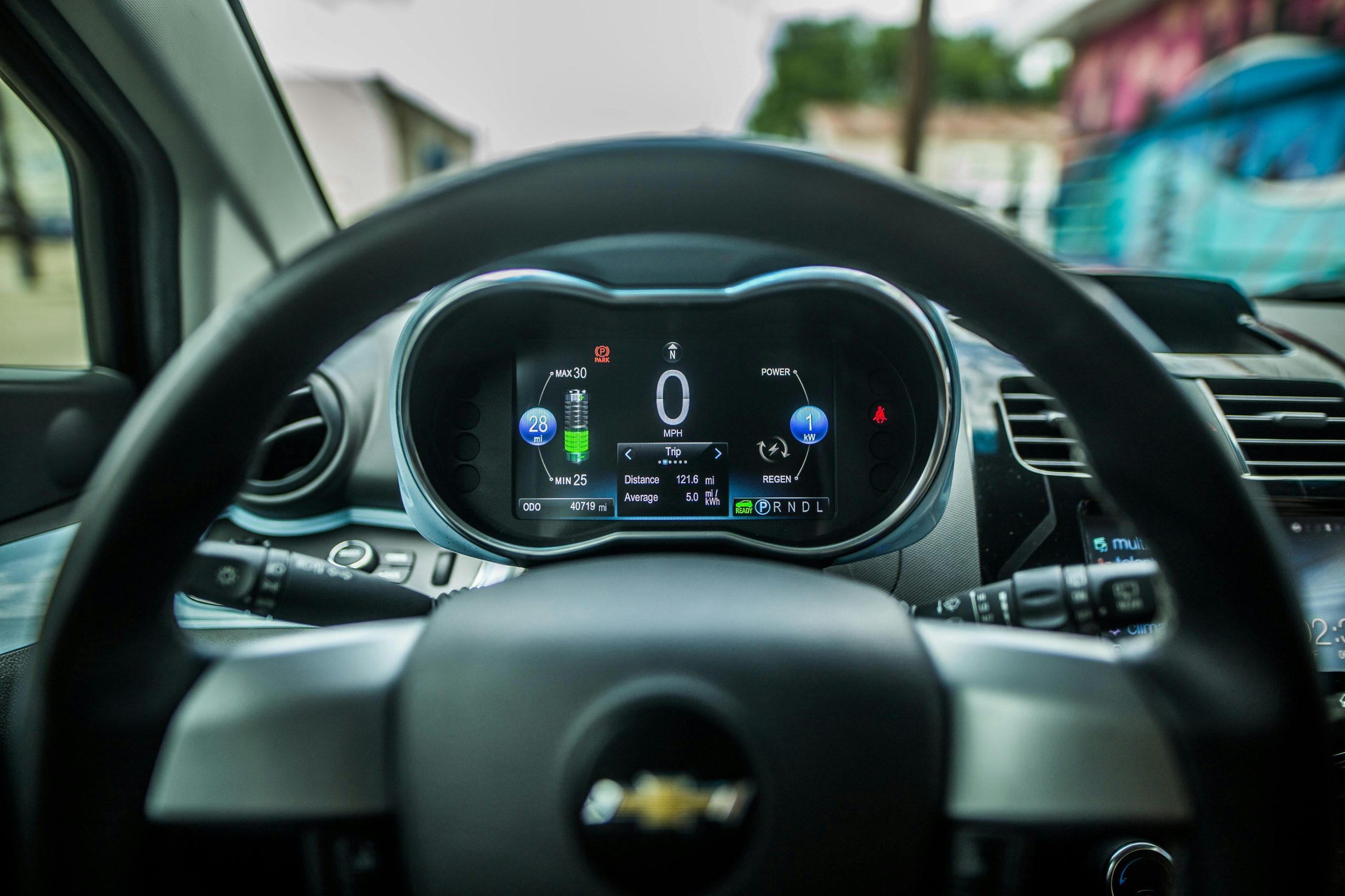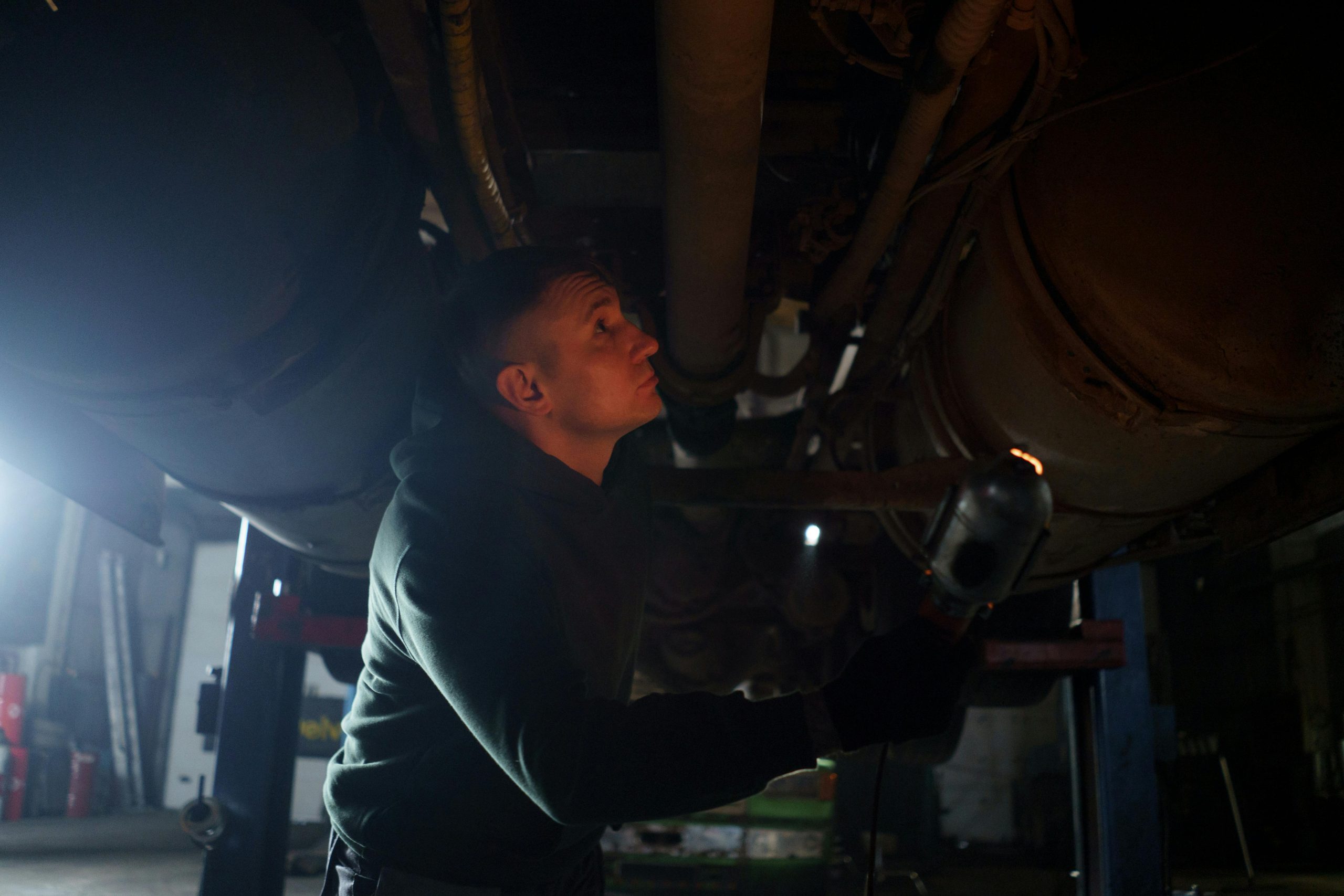Your vehicle’s cooling system plays a critical role in keeping your engine running smoothly.
Overheating can lead to costly repairs and potentially permanent engine damage. That’s why knowing how to check for a coolant leak and prevent overheating is essential for every car owner.
In this guide, we’ll break down the process step-by-step in an easy-to-understand way.
What is Coolant and Why is it Important?
Coolant, also known as antifreeze, is a liquid that flows through your car’s engine and radiator to regulate temperature.
It prevents your engine from overheating in hot weather and freezing in cold weather. A properly functioning cooling system ensures that your engine operates efficiently.
If there’s a coolant leak, your engine might not get the temperature regulation it needs, which can cause overheating. This makes detecting and fixing leaks critical to keeping your car in good shape.
Common Signs of a Coolant Leak
Before diving into the steps to check for a coolant leak, it’s helpful to know what to watch for.
Here are some telltale signs:
- Low Coolant Levels: If you frequently need to top up the coolant, it could indicate a leak.
- Puddle Under Your Car: Bright green, orange, or pink liquid beneath your car is often a sign of a coolant leak.
- Sweet Smell: Coolant has a distinct sweet smell. If you notice this inside or outside your car, there could be a leak.
- Overheating Engine: If your temperature gauge frequently reads hot, check the coolant level.
- Visible Leaks on Engine Components: White residue or stains on the radiator, hoses, or engine parts may indicate dried coolant.
How to Check for a Coolant Leak
Here’s a step-by-step guide to help you identify a coolant leak:
1. Inspect the Coolant Level
- Open the hood and locate the coolant reservoir, a clear plastic container marked with “MIN” and “MAX” lines.
- Ensure the engine is cool before checking. Never open the radiator cap when the engine is hot!
- If the coolant is below the “MIN” line, there may be a leak.
2. Examine the Reservoir and Radiator Cap
- Look for cracks, damage, or leaks around the reservoir.
- Check the radiator cap for wear and tear. A faulty cap might fail to maintain proper pressure, causing leaks.
3. Inspect Hoses and Connections
- Check all hoses connected to the radiator and engine. Look for cracks, loose clamps, or wet spots that indicate leaks.
- Pay attention to the area where hoses meet the radiator, water pump, or engine.
4. Look for Puddles or Stains
- Check the ground beneath your car after parking overnight. A green, orange, or pink puddle often signals a coolant leak.
- Look for white or crusty residue on the engine block, radiator, or nearby components.
5. Use a Coolant Leak Tester
- A coolant leak tester can pressurize the system and help pinpoint leaks. These tools are available at most auto parts stores.
- Follow the instructions provided by the tester to safely locate hidden leaks.
6. Inspect the Heater Core
- A leaking heater core can cause a sweet smell inside the car or wet carpet near the passenger footwell.
- If you suspect the heater core, a professional inspection is recommended.
How to Prevent Overheating
Fixing leaks is only part of the equation. Regular maintenance can prevent your car from overheating.
Here’s how:
1. Check Coolant Levels Regularly
- Make it a habit to check coolant levels every month or before long trips. Always top up with the recommended coolant type for your car.
2. Inspect the Radiator and Hoses
- Periodically examine the radiator and hoses for damage. Replace worn-out parts immediately.
3. Flush the Coolant System
- Over time, coolant can become contaminated, reducing its effectiveness. Most manufacturers recommend flushing the coolant system every 30,000 to 50,000 miles.
4. Replace the Thermostat
- A faulty thermostat can cause overheating. Replace it according to your car’s maintenance schedule or if overheating persists.
5. Keep the Radiator Clean
- Debris or dirt on the radiator can block airflow, leading to overheating. Clean the radiator’s surface and ensure the cooling fans work properly.
6. Monitor the Temperature Gauge
- Always keep an eye on the temperature gauge while driving. If it moves towards the red zone, pull over and let the engine cool before investigating.
What to Do If Your Car Overheats
If your car starts to overheat, act quickly to prevent further damage:
- Turn Off the Air Conditioning: This reduces the load on the engine.
- Turn On the Heater: This helps transfer heat away from the engine.
- Pull Over Safely: Turn off the engine and let it cool for at least 15-20 minutes.
- Check Coolant Levels: Add coolant if it’s low, but only if the engine has cooled completely.
- Call for Help: If the problem persists, contact a mechanic.
Conclusion
Knowing how to check for a coolant leak and prevent overheating can save you from costly repairs and breakdowns.
By regularly inspecting your car’s cooling system and addressing issues promptly, you can ensure your engine runs smoothly for years to come.
Stay vigilant, maintain your car properly, and drive with confidence!



